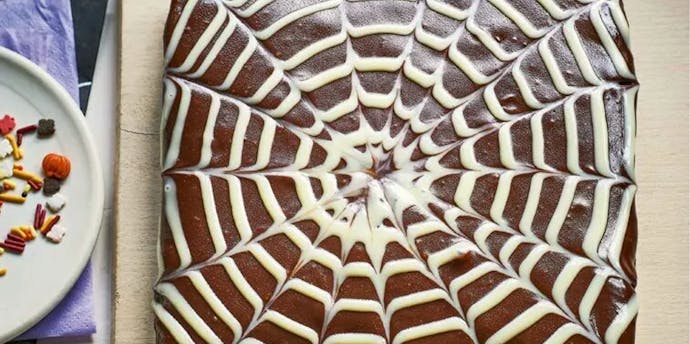To me, kimchi jjigae is the ultimate comfort meal that reminds me of home.
Sarah 세라:
To me, kimchi jjigae is the ultimate comfort meal that reminds me of home. For Umma, this is the dish she can always rely on, as kimchi is always stocked in our household. It is the dish she prepared to welcome my brother and me home after many months away during our college days, the dish she meticulously packed in zipper-lock plastic bags for my brother to freeze as he studied out of state for medical school, and the dish she served to our Korean relatives after their 13-hour flight to California. It’s the epitome of comfort food, featuring a tangy flavor from the aged kimchi, richness stemming from the pork belly fat and butter, and savory depth from the addition of beef franks and Spam. This recipe will always hold a special place in my heart. For now, while I have Umma in my life, this stew carries the transformative and comforting flavors of kimchi that I grew up with—the flavors that I experienced when I was just 4 years old, mimicking Umma’s squat and washing the discarded cabbage scraps, emulating her every move as she made kimchi in our small condominium backyard. However, I’m certain that its significance will deepen as I continue to age and eventually live a life without Umma by my side. While I dread that inevitable day, when the time comes, I know that this dish will have the power to transport me back to the cherished moments spent making kimchi with her, much like how Gosu Musaengchae (Seasoned Cilantro Radish Shreds) transports Umma back to the days with her own mother.
Umma’s Kitchen Wisdom:
I prefer the flavor of well-fermented mat kimchi (cut napa cabbage kimchi). If you wish to use store-bought kimchi instead, look for a well-fermented kimchi in the refrigerated section of the grocery store. Labels will not always specify “fresh” or “well-fermented,” so here are some clues to help figure it out: The jar should contain wilted-looking vegetables with muted, darkened color, surrounded by a thin juice. The texture will appear softer than fresh kimchi, and when you taste it, there will be a pronounced tangy sourness that comes from the longer fermentation. When measuring out the kimchi, simply pick it up with tongs with the juices clinging to it. Blanching the Spam and beef franks is entirely optional, but I like to do this to remove some of their salt and fat.
TOTAL TIME: 1 hour
SERVES: 4 to 6
INGREDIENTS
- 12 ounces (340g) beef franks, cut ⅜ inch thick on bias
- 6 ounces (170g) Spam, sliced into ½‑inch-thick planks
- 1½ tablespoons salted butter
- 8 ounces (227g) sliced skinless pork belly or pork cushion, ½ inch thick
- 1½ pounds (680g) well-fermented cabbage kimchi, plus 6 tablespoons kimchi juice
- 2½ teaspoons fish sauce
- 2½ teaspoons sugar, plus extra for seasoning
- 2 teaspoons Dasida beef stock powder
METHOD
-
Bring 6 cups water to a boil in a large, wide pot. Add the beef franks and Spam and blanch for 1 minute. Drain well and rinse the pot. Set the beef franks aside.
-
Cook the Spam in the now-empty pot over medium heat until golden brown and crisp, 5 to 7 minutes per side. Transfer the Spam to a cutting board; once cool enough to handle, cut it into bite-size pieces.
-
Melt the butter in the now-empty pot over medium-high heat. Add the pork belly and cook until beginning to brown but some pink color still remains (don’t cook it all the way through, or else it will overcook later), 1 to 2 minutes. Add the kimchi and cook, stirring occasionally, for 5 minutes. Stir in 3 cups water, the fish sauce, sugar, Dasida powder, and kimchi juice and bring to a boil. Reduce the heat to a simmer, cover, and cook until the kimchi has wilted and become translucent, 7 to 10 minutes. Stir in the Spam and beef franks and bring back to a boil. Reduce the heat to a simmer, cover, and cook for 5 minutes. Adjust the sweetness of the stew with extra sugar to taste. Serve.













